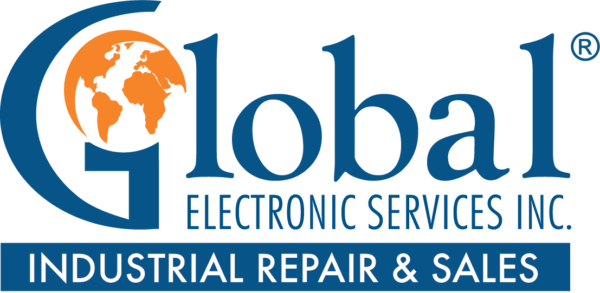As Inflation Hits 40-Year Highs, Manufacturers Brace for Turbulence

Already hovering around historic levels, inflation crept even higher in June, passing 9% as the United States suffers through the earliest days of an impending period of economic contraction.
According to the Bureau of Labor Statistics’ (BLS) Consumer Price Index Report, June’s inflation peaked at the highest point in more than 40 years. Right now, the country sits in the same position it did in 1981–1982: at the precipice of severe economic recession. And, unfortunately, manufacturers are bracing to take the brunt of it.
An unstoppable force meets an immovable object
Since the start of 2022, inflation has hovered above 8%. Now, despite two rate hikes, that number continues to climb toward double digits. Inflation has become a seemingly unstoppable force — and it’s barreling toward the immovable object that is a price ceiling.
According to the BLS report, prices are peaking across the board. Groceries are up 12% from 2021. New car prices have surged more than 11% in the same time frame. Construction labor and materials are up as high as 14%. And while these prices are hurting consumers, they’re being borne first by manufacturers. We’re quickly reaching a point where the cost of production is growing faster than consumer buying power, creating a price ceiling that will serve as a recession trigger.

Stopping the runaway train of inflation
Tamping down inflation won’t be easy, and efforts are already underway at all levels to combat it. The Federal Reserve System continues to eye interest rate hikes through the end of 2022, while manufacturers seek to control supply chain costs through strategic realignment and reshoring initiatives. These initiatives will take time to bring inflation under control and, in the meantime, inflation will run its course.
As manufacturers grapple with the decision to pass costs on to consumers and contend with their own supply-side inflation, executives are bracing for significant turbulence through the end of the year. In the June 2022 ISM Report On Business, worries about slowing demand are already prevalent, coupled with fears over dipping employment. Producers — a pillar of economic stability — face stress from all angles.
Economic contraction is coming for producers first
The United States is a mixed economy with slow-moving trends, and producers are likely to bear the weight of historic inflation to a higher degree than other sectors of the economy.
For example, as producers struggle to fill positions, pace demand, and control costs, it could push the trade deficit higher. This will further spike prices, fueling inflation. Domestic manufacturers are stuck in the middle, dealing with extenuating circumstances on both sides. In short, they’ll feel the brunt of economic contraction first and deal with it longer.
The worst could still be yet to come
As the U.S. economy does its best impression of 1981–1982, there’s still room for inflation to rise. Rates peaked at almost 15% 40 years ago, and they’re trending in that direction again. While economists are looking backward to understand the current trajectory of the economy, manufacturers are looking to the future with trepidation. Hard times are coming, and producers are already taking evasive action to soften the blow.
